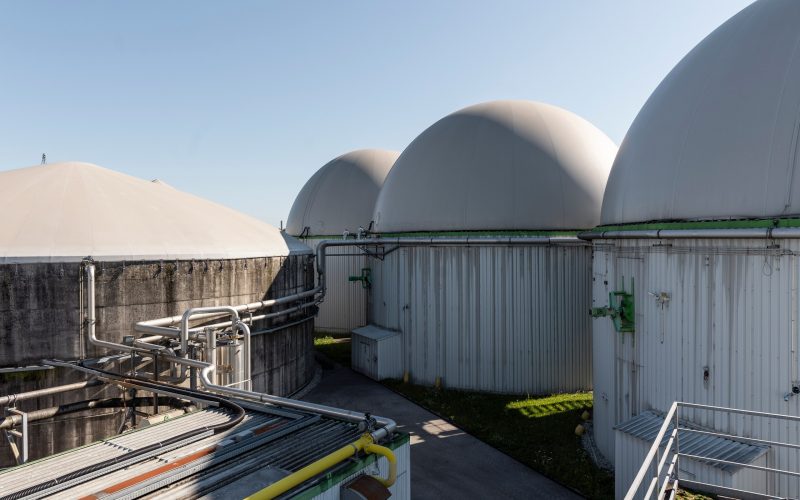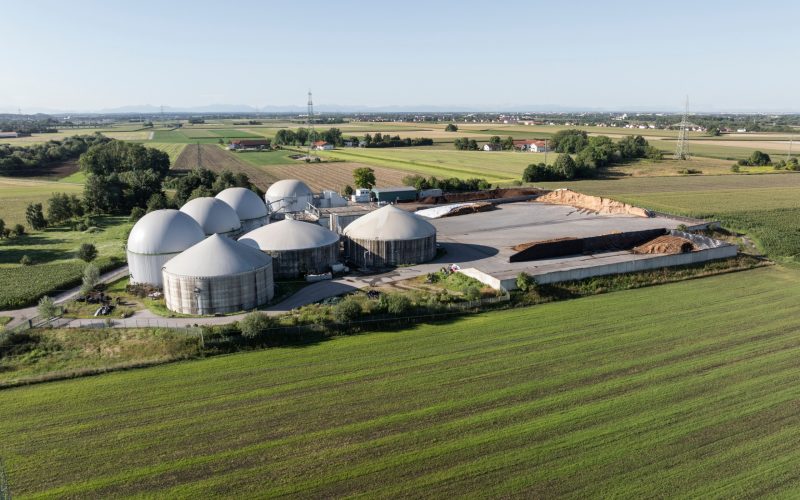Bio-LPG production and diversify raw materials necessity
We offer an overview of the issues related to the search for optimal raw materials for the production of bio-LPG.
Bio-LPG remains hamstrung by:
- a lack of available feedstock,
- higher costs of renewable feedstocks compared with oil.
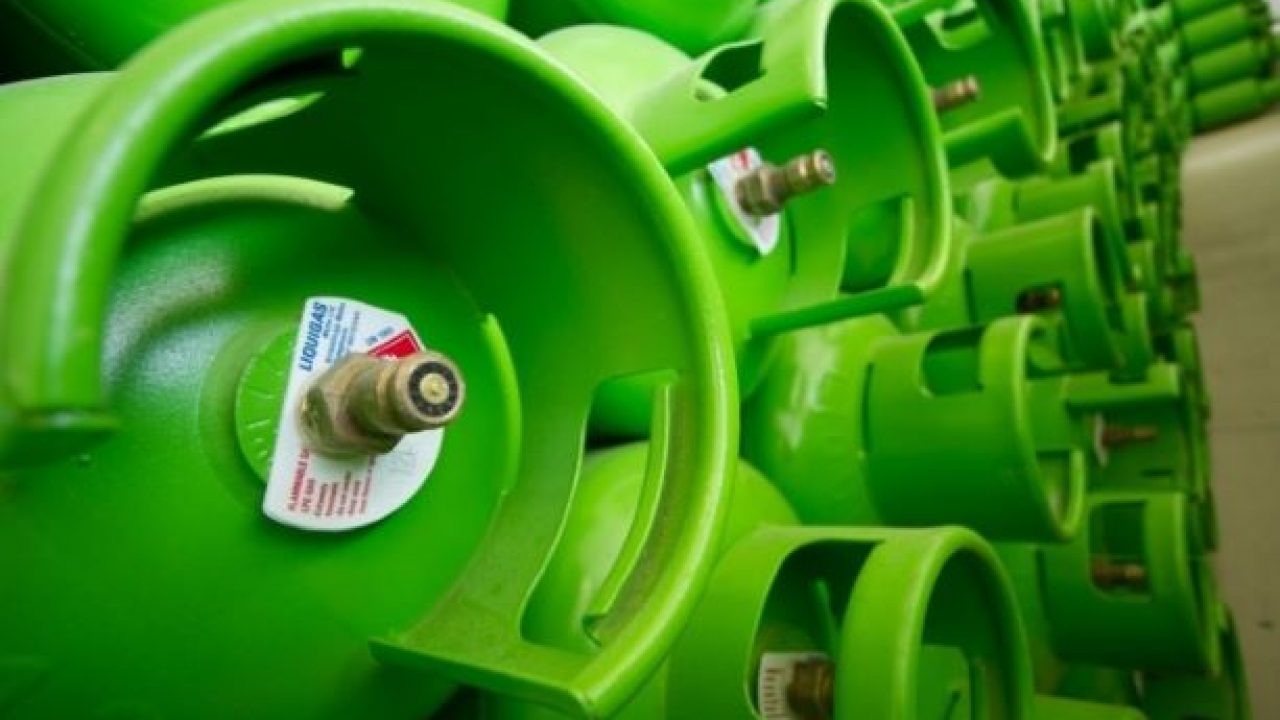
Why did these problems arise?
Initially, potential bio-LPG producers planned to use palm oil and soya oil, but the changes in the EU legislation led to a ban on the use of feedstock for the production of biofuels in competition with the food chain.
The need to diversify feedstocks and biofuels output is crucial for overcoming this barriers.
Experience
Italy’s company Eni, for example, plans to invest in expanding product offerings at two of its hydrotreated vegetable oil (HVO) biofuel plants in Venice and Sicily.
The Gela plant in Sicily will add sustainable aviation fuel to its list of products — biodiesel, renewable naphtha and bio-LPG — from 2024.
Production capacity at the Venice plant, which also uses some oil feedstock, is to expand to 560,000 t/yr, herewith:
- from 360,000 t/yr — 420,000 t/yr will be produced biodiesel,
- with the 140,000 t/yr will be produced other products including bio-LPG.
Eni is growing castor beans across thousands of hectares in Tunisia to produce castor, or ricin, oil, as it is not used for cooking. The advantages of the raw materials include not needing a lot of water to grow and high productivity (we can make 4-5 t/yr per hectare).
The company is considering using residues from olive oil and other agricultural production in order to expand the range of raw materials. At the same time, there is a need to expand the biomass treatment unit.
Оскільки необхідність диверсифікації сировини та виробництва біопалива має вирішальне значення, компанія SHV Energy, що базується в Нідерландах та спеціалізується на екологічних видах палива, а також інша потужна компанія UGI International всіляко сприяють використанню відновлюваного диметилового ефіру (rDME).
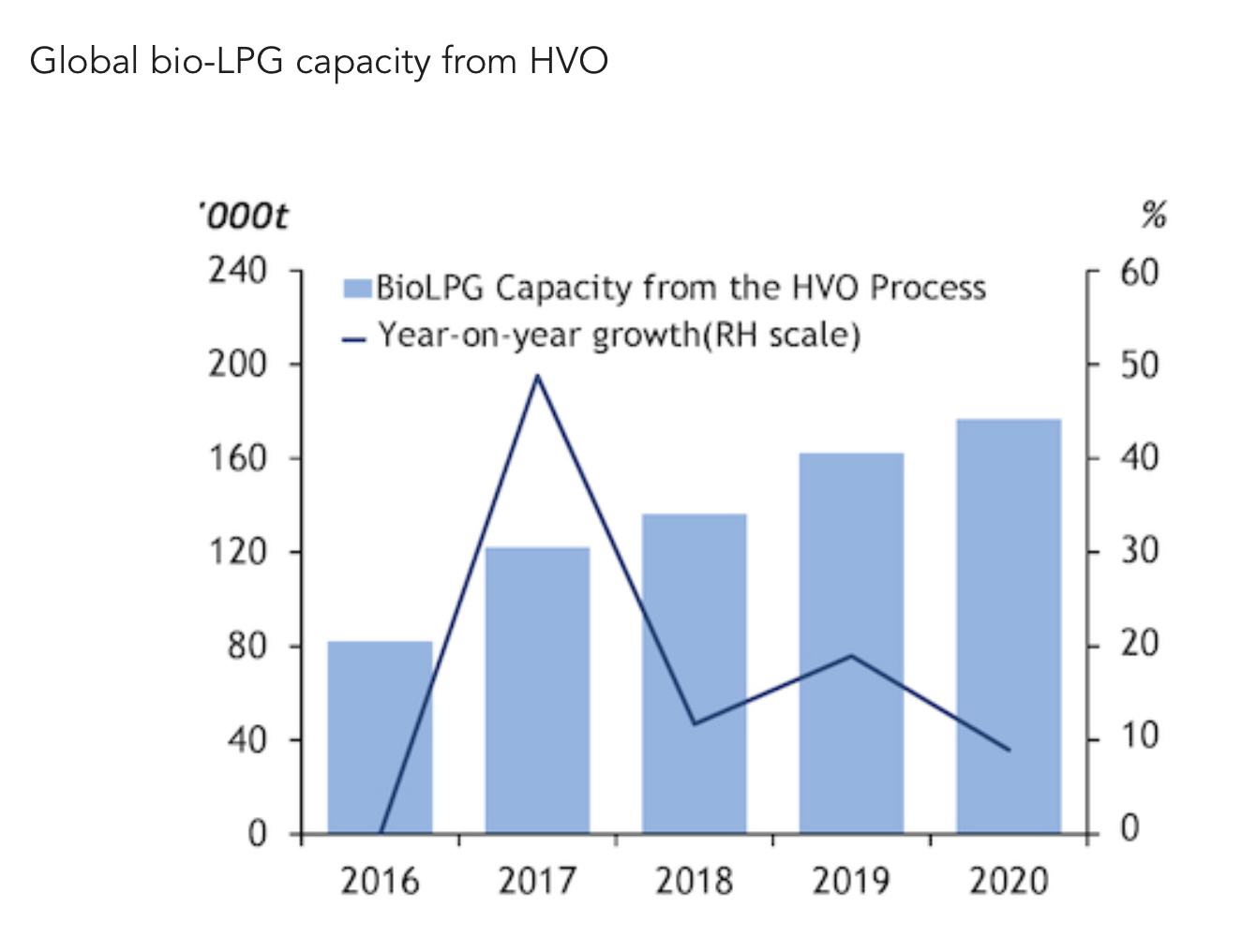
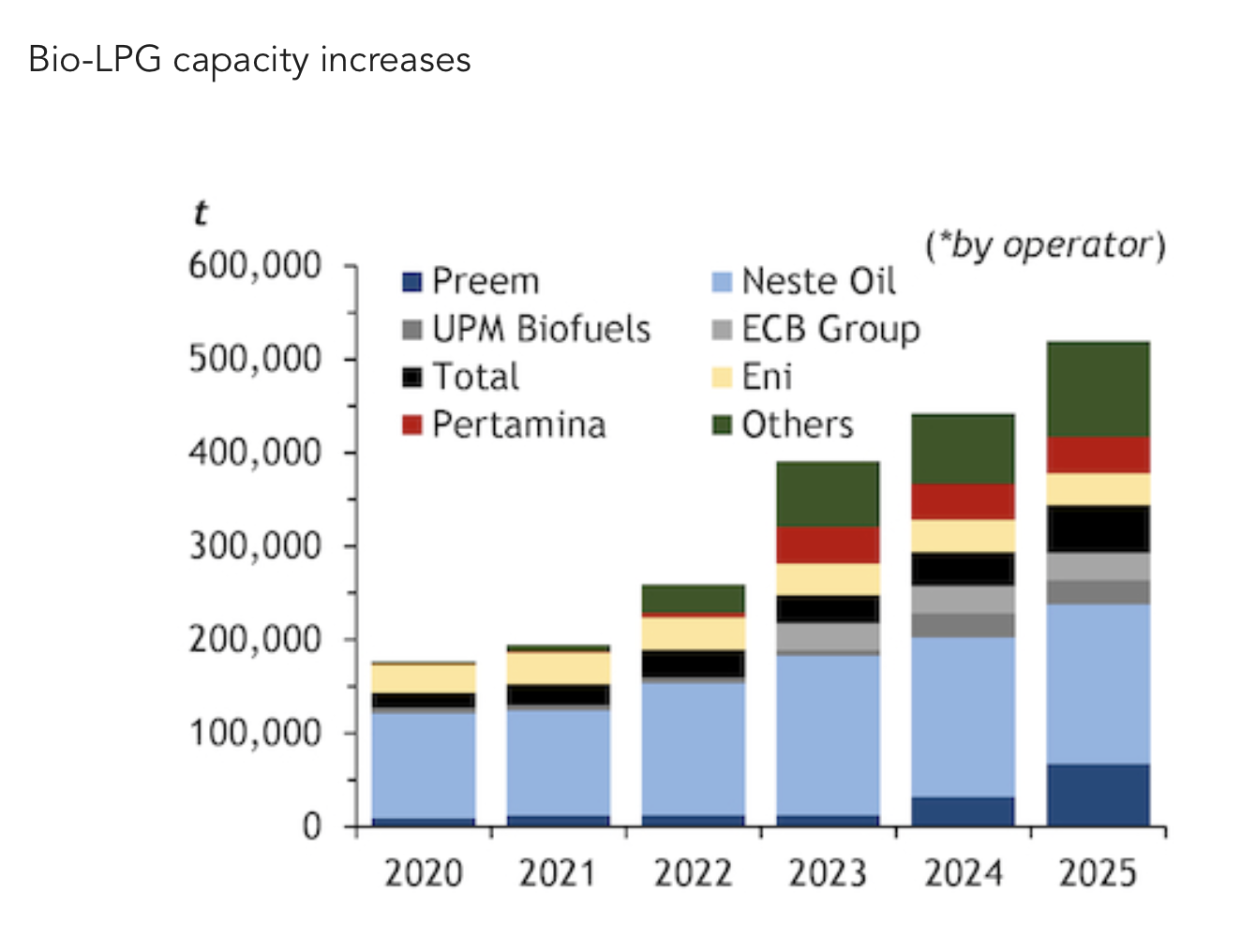
Авіація
Екологічне авіаційне паливо набирає популярності після того, як ЄС запропонував відновлювати щонайменше 63% авіаційного палива до 2050 року. Це стало гарантією для інвесторів у будівництво виробничих активів.
Тому завдання номер один — комерціалізація будь-якого біозрідженого газу, який є побічним продуктом на заводах гідроочищеної рослинної олії (HVO).
Важливо, що підприємства HVO можуть використовувати bio-LPG, який вони виробляють, для опалення, зменшуючи викиди.
При цьому промисловість зрідженого газу повинна зосередитися на пошуку місця для величезної кількості звичайного зрідженого газу, який, як очікується, буде вироблено протягом найближчих десятиліть.
Прогнози для bio-LPG
Компанія IHS Markit прогнозує, що виробництво bio-LPG зросте приблизно на 10 млн т/рік до 2050 року.
Тоді як виробництво на викопному паливі може досягти 400 млн т/рік, що означає зростання приблизно на 71 млн т/рік (329 млн т у 2020 році, згідно з даними).
Фахівці компанії Argus прогнозують, що поки викопний LPG не зникне. Проте єдине потрібне рішення — звести використання до нуля.
Source: Argus.

